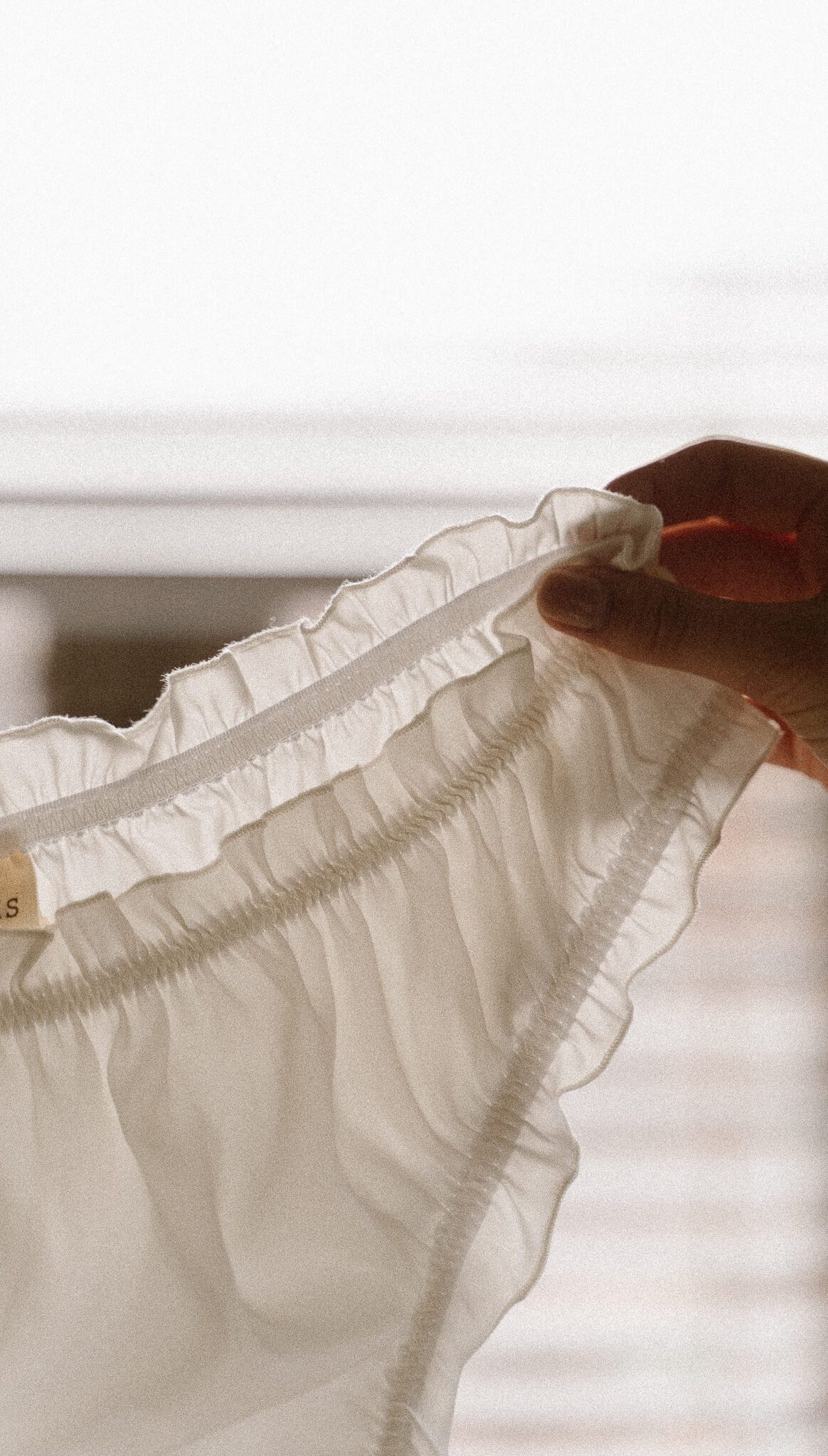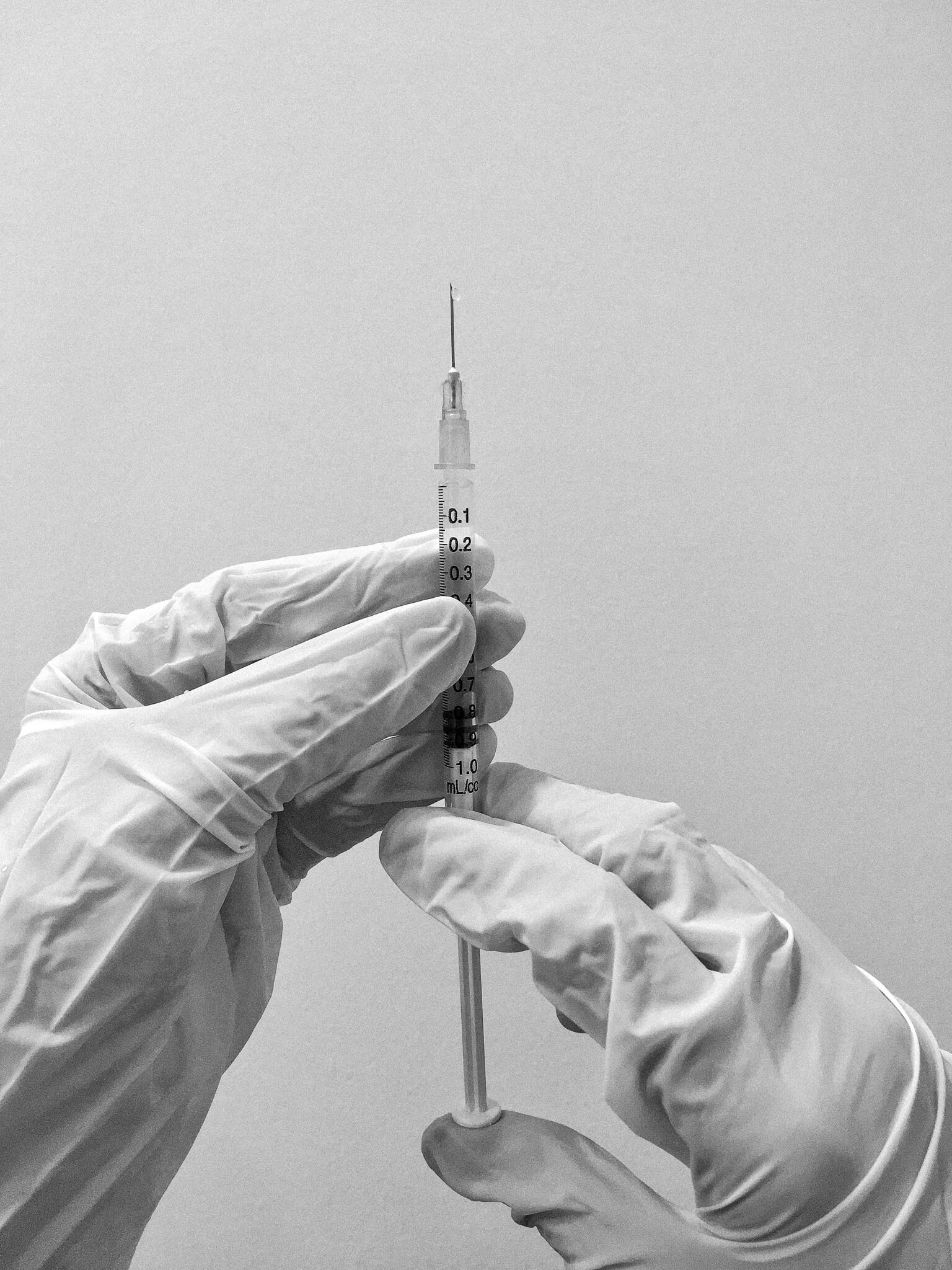aescend aesthetics
What Is The Vaginal Microbiome?

Before we get into the vaginal microbiome, we need to answer the common question of what actually is the vaginal microbiome and how does it affect females?
The female genital tract is naturally colonized by mixed communities of bacteria, known as the vaginal microbiome. When these communities are dominated by species such as Lactobacillus crispatus, the bacteria provide important protective functions in genital health.
One of the symptoms of gut dysbiosis and increased permeability may be an itchy vagina, pain with sex and/or recurrent infection. The vagina itself hosts its own microscopic ecosystem of bacteria, and we have long accepted the benefit of probiotics in keeping this microenvironment balanced.
Did you know however, that both the gut and genitourinary tract share 5 common bacterial families that together affect local and systemic immunity, as well as overall host physiology?
The vagina and gut are thought to both be heavily dependent on maternal colonisation, with evidence indicating that inoculation of vaginally borne babies via the mother’s birth canal is an important source of microbial acquisition, richness and diversity. Such transmission may be important for the prevention of chronic immune disorders, allergies, irritable bowel disease, inflammatory joint conditions and a host of other health maladies down the track.
Furthermore, it is thought that particularly when the gut is experiencing increased permeability that bacteria may translocate into the blood stream and colonise the genital tract; and/or cause systemic inflammation that affects the mucosal membranes of the vagina. Inflammation of these tissue can invariably lead to itching, pain, dryness and/or more severe gynaecological concerns down the line.
Is your vagina trying to tell you something? Share the news with your GP or an Aescend artisan by booking below



